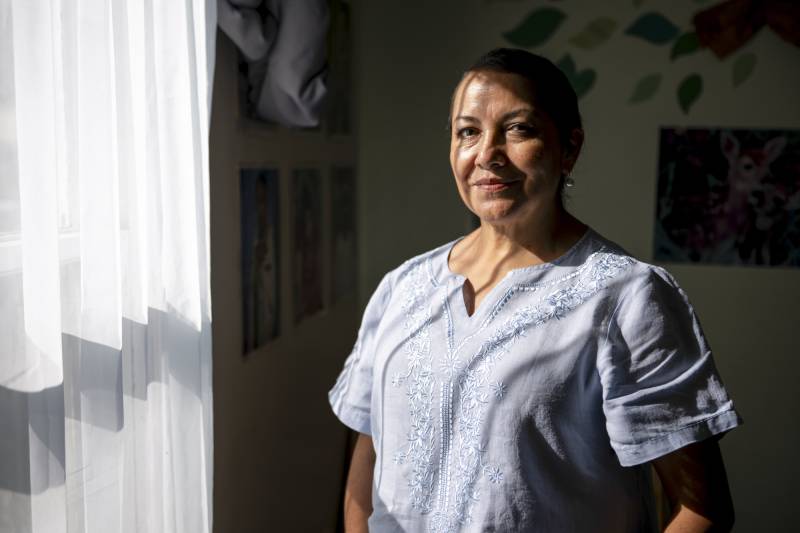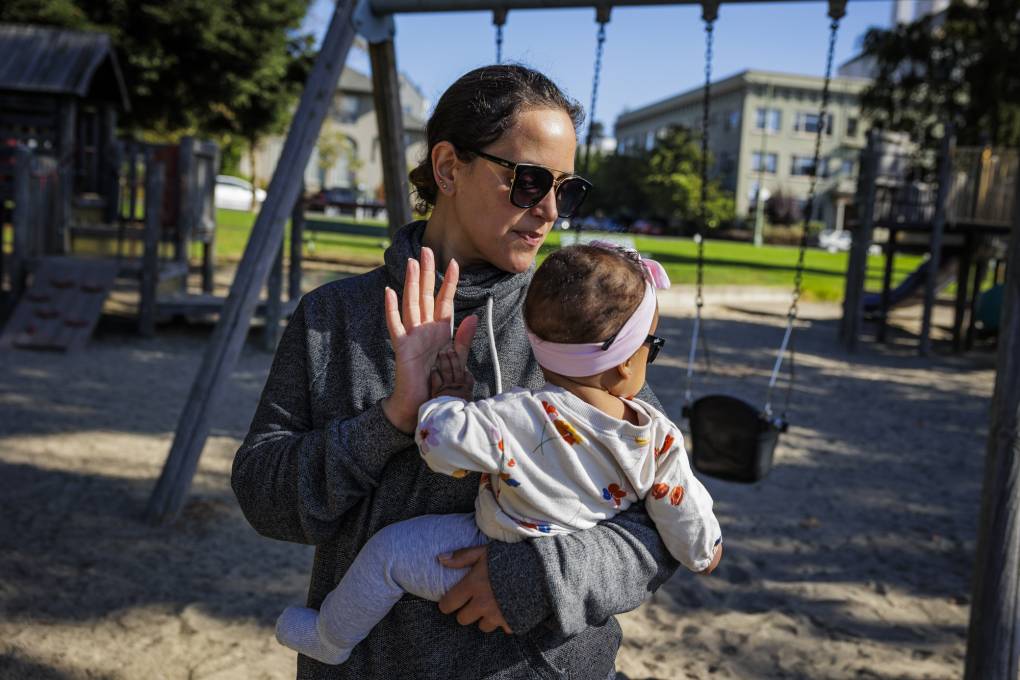“The people who provide early care and education services have long subsidized the cost by the poverty-level wages that are paid to them,” Austin said.
Low wages lead to high staff turnover and shortages in the system, she said.
The study highlighted state and local programs designed to bolster their systems, including California’s first-in-the-nation retirement fund for home-based child care providers.
In San Francisco, a child care provider tapped into local funding to pay its early educators between $28 to $45 per hour, depending on their qualifications, and it used federal pandemic aid money to pay workers another $100 per day in hazard pay.
“We are seeing the benefits of these investments,” said Yohana Quiroz, director of the Felton Institute’s early care and education program.
“We’re seeing a significant retention rate that we have not seen in the past,” she said. She said that 30 out of 100 early educator jobs remain open at the start of each school year, but this fall, she only had four vacancies.
But local funding alone can’t support the high cost of providing child care in an expensive city like San Francisco, Quiroz said, adding that she relies on a combination of federal, state and local funds to run her program.
States like Utah and Mississippi used COVID-19 relief funds to boost early educators’ pay, but their support stopped when those funds dried up last month.
The programs helped stabilize the workforce in those states and showed that public investments to support them could lead to more abundant and affordable child care, said Caitlin McLean, the report’s lead author and director of the center’s multistate and international programs.
“This is a critical time for national, state and local leaders to step up, not back, for these skilled educators whose support is so crucial for children, families and the economy,” McLean said.


